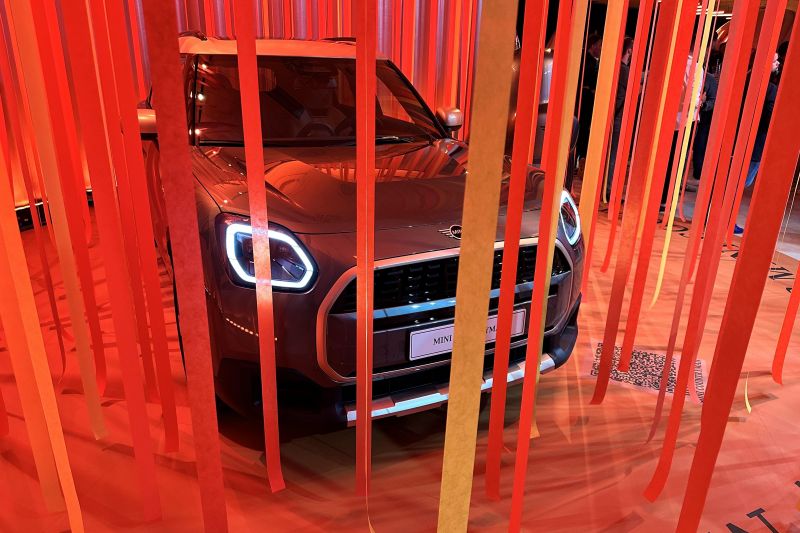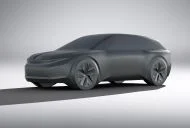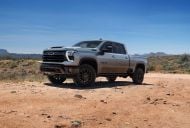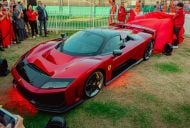The global head of design for Mini says the brand’s customers care more about driving a traditional-looking Mini than being seen driving an electric vehicle.
The comments came in response to a question from CarExpert at the unveiling of the new electric Cooper and Countryman as to whether the company was willing to depart from its traditional shapes now that the need for an internal combustion engine up front is no longer required.
“For customers, it’s important that they drive a Mini, not an EV,” Oliver Heilmer said.
According to Heilmer, one of the lessons the brand learnt from the current electrified Mini range was that customers appreciated that those vehicles looked almost the same as the internal combustion variants.
“We focus on the brand and design language rather than spending time discussing about how does an EV look like,” he said.
Although the new-generation Mini Cooper and Countryman will be offered in various powertrains, the electric models are built on an entirely different platform, allowing the designers to utilise better interior space (no transmission tunnel) and modifications to the shape.
The changes between the two may seem subtle to the untrained eye, however they are sufficient enough that external and internal panels from the electric model would not be interchangeable with the upcoming combustion versions.
On the other hand, despite no longer considering an engine up front, the electric models are heavier than the standard Minis, meaning their crash rating and deformation requirements are more demanding.
The placement of the batteries on the floor has also seen the vehicle height rise by almost 30mm compared to the non-electric version, proving its own challenges.
Pressed further as to what risks there may be in changing the iconic look to better utilise the electrification of the brand, Heilmer said it’s not something that will occur in the short term.
“As soon as you are changing something, with all brands that have a strong heritage, it leads to insecurity with some of our customers,” he said.
“It’s a normal human reaction, you need to have five exposures with a certain amount of time in between in order for you to say to your brain it’s not dangerous, it’s a natural reaction, it’s normal it will happen.”
According to Heilmer, the brand does its best to balance the past with the future, allowing for sufficient change to stay relevant, without losing its heritage. During the design process, workshops are run to make sure the customers approve of the process.
“The newest [design workshop] that we are doing is we are taking possible customers, the youth from age of 18, it’s not the normal customer – because its premium, but what we want to know from them how they feel about it… we want to listen to them if they feel the DNA, not just from the past, but now, does it feel fresh, comfortable, and reflect your personality? We always have these two [competing] worlds in order to do the right thing,” he said.
Whether customers care more about being seen in a traditional-looking Mini or an EV may not matter for much longer as Mini seeks to ditch the internal combustion engine by 2030.





